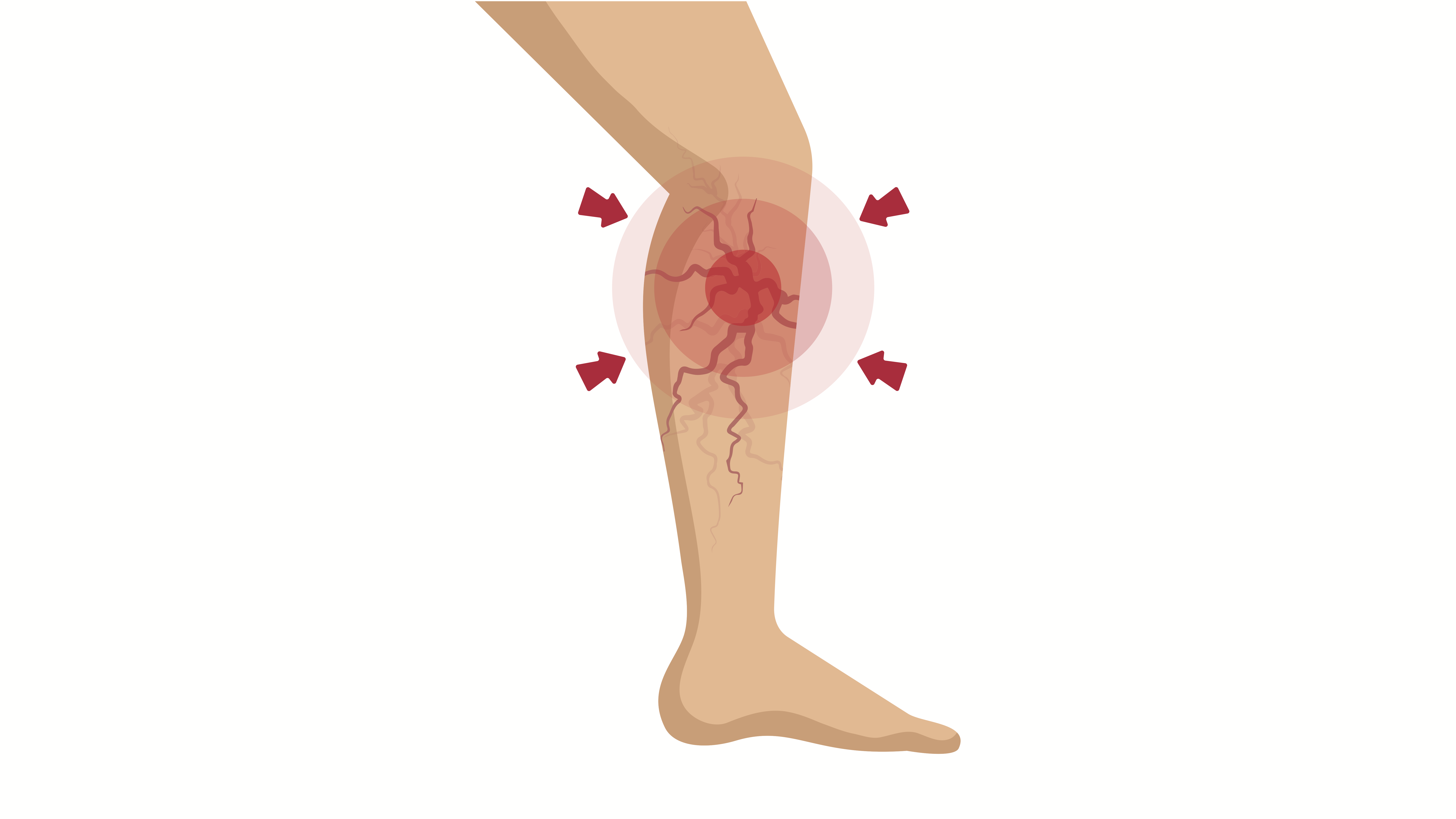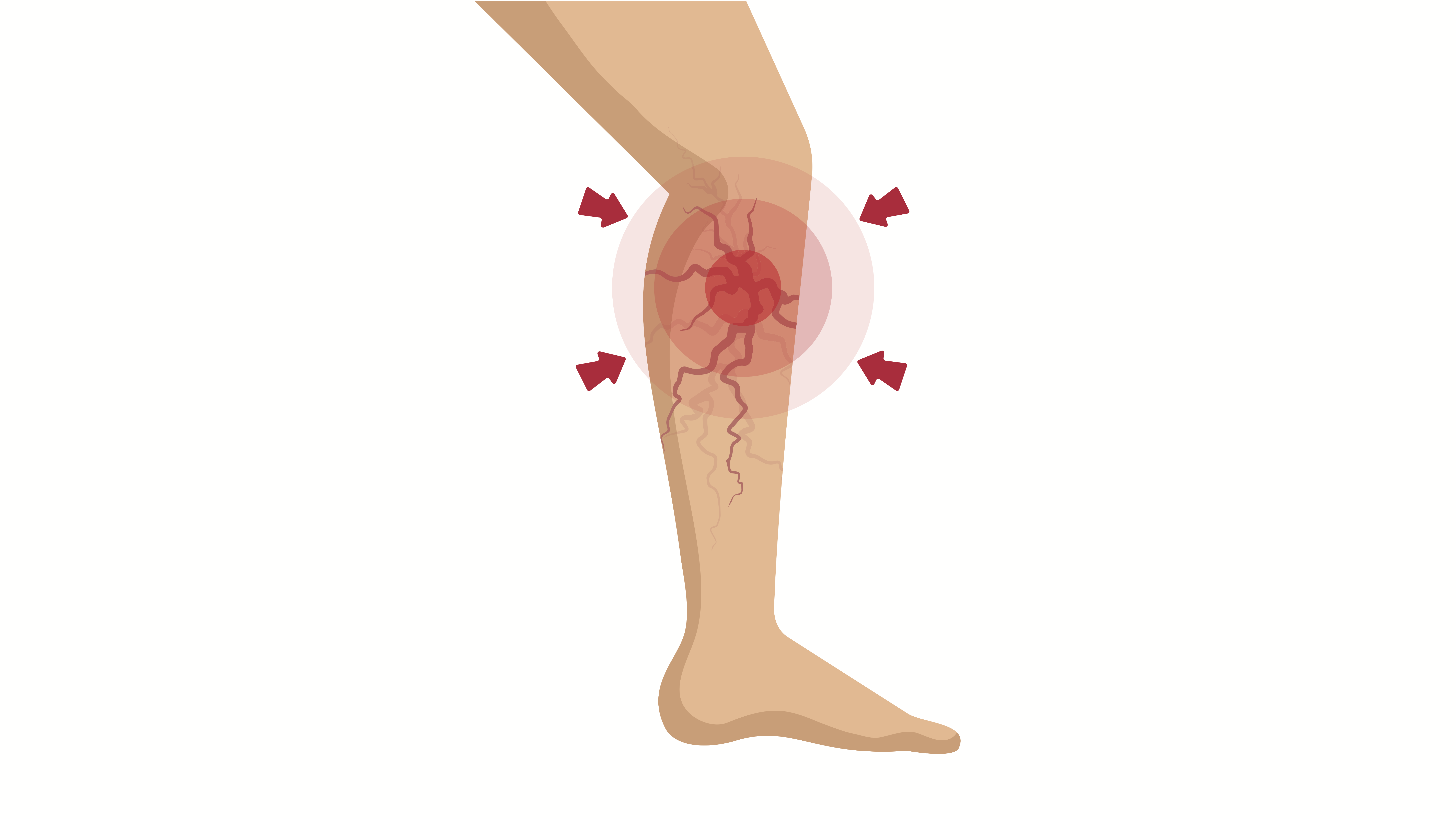Will Phlebitis Go Away on It's Own?
 If you have experienced phlebitis, you know how painful it can be. The site of the blood clot may be tender and red, swollen, and painful. People naturally ask if it will go away on its own or if medication or even a visit to your health care provider is necessary.
If you have experienced phlebitis, you know how painful it can be. The site of the blood clot may be tender and red, swollen, and painful. People naturally ask if it will go away on its own or if medication or even a visit to your health care provider is necessary.
Phlebitis is an inflammation of the vein usually associated with a blood clot in the vein right under the skin. For the vast majority of people, phlebitis is not dangerous but should be evaluated buy your health care provider who may order an ultrasound. An ultrasound will help ensure that there aren't any more dangerous blood clots. If there isn't, then it's usually treated symptomatically.
How Long for Phlebitis to Fade Away
The symptoms of phlebitis are tenderness, redness, and swelling or a lump at the site of the blood clot that is painful to touch. It does take time for the body to break down the blood clot and for phlebitis to fade away. In most cases, phlebitis will go away on its own naturally after 1-3 weeks but it may take longer. Once phlebitis clears up, it’s not uncommon to notice a brown skin stain at the site of the blood clot.
Treatment for Phlebitis
In more severe cases, however, a non-steroidal anti-inflammatory may be needed to help promote healing. If you have symptoms like tenderness and aching, you can take ibuprofen or Aleve or in some cases aspirin. In severe cases, we may recommend steroid medication like prednisone to alleviate the symptoms. Prednisone is actually something that will help it clear up quickly because it blocks the inflammation associated with the blood clot.
Please note that if you are also having chest pain, coughing, or shortness of breath, this may indicate a blood clot that has travelled to your lungs, and you should call 911 immediately.
Additionally, there are some steps you can take to help your body heal and minimize the pain of phlebitis.
Exercise
I encourage people with phlebitis to stay as active as possible. Exercise like walking will help dissolve the clot.
Elevation
When you sit down, it’s helpful to have your affected leg elevated.
Compression Stockings
I also recommend wearing compression stockings.
Ice
Early on, an ice pack will alleviate pain. Later, as the phlebitis starts to fade, switching to heat with a warm compress will help as well.
Prevention Tips for Phlebitis
Stay Active
To help prevent phlebitis, avoid prolonged periods of sitting. Keep your body moving.
- If you are at home or at work, get up at least every hour and walk around the building or step outside.
- If you are traveling by plane, stand and walk up and down the aisle at least once an hour.
- If you are driving, stop and pull over so that you can get out of your car and walk around for a few minutes each hour.
- Wear compression stockings when you are traveling that cover the varicose vein. That may mean either knee-high or thigh-high compression stockings depending on where the varicose veins are in your leg.
What About Blood Thinners?
People ask me all the time about blood thinners wondering if they should take one for phlebitis. I usually advise them to take an aspirin a day unless they are unable to do so because of stomach issues, kidney problems, or allergies. Rarely a patient with phlebitis also has a DVT and needs to be on blood thinners. This needs to be assessed by your healthcare provider.


